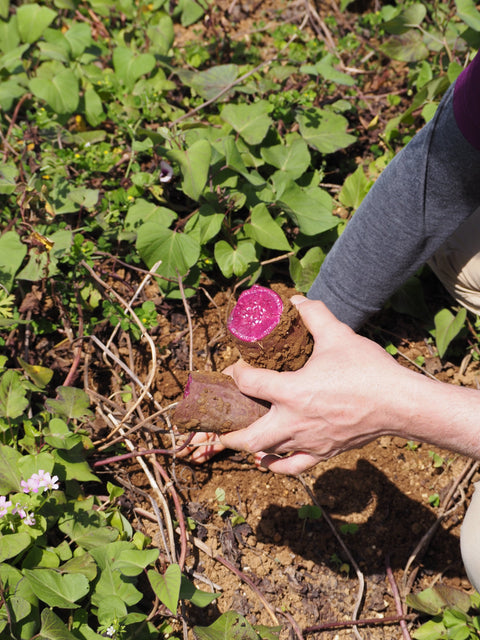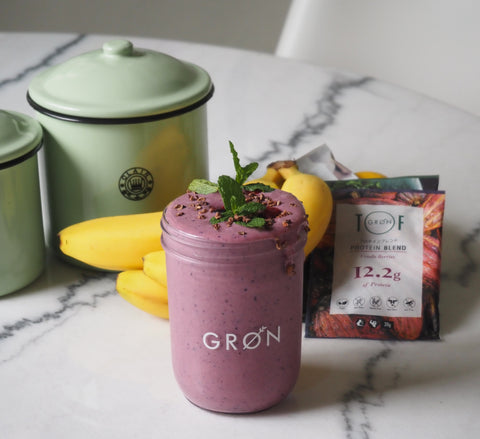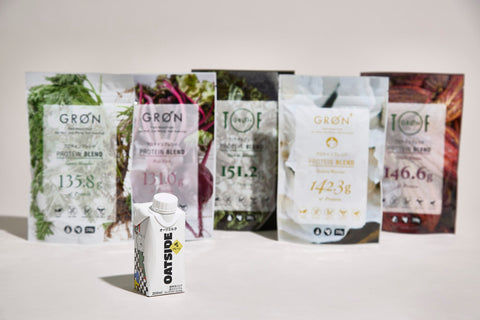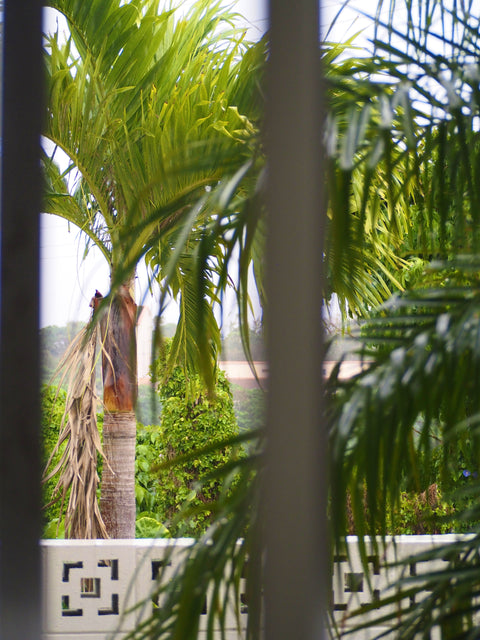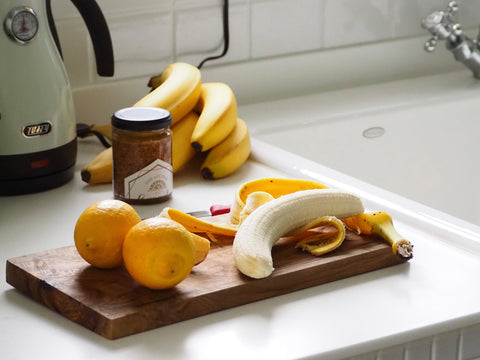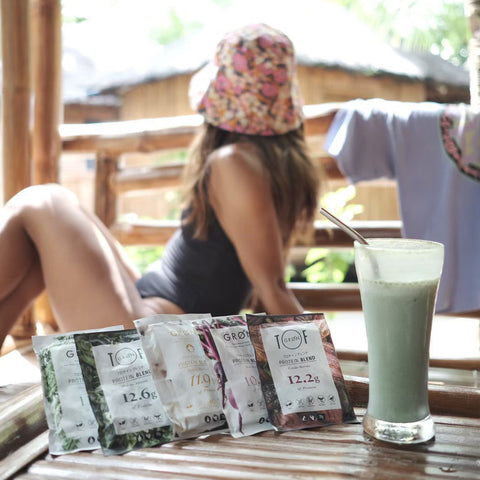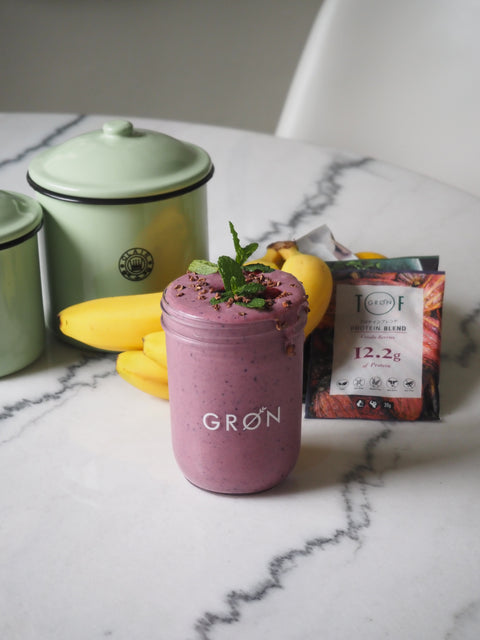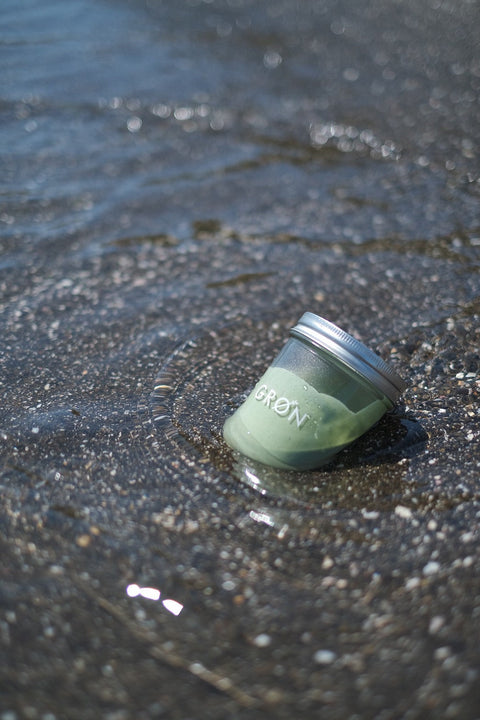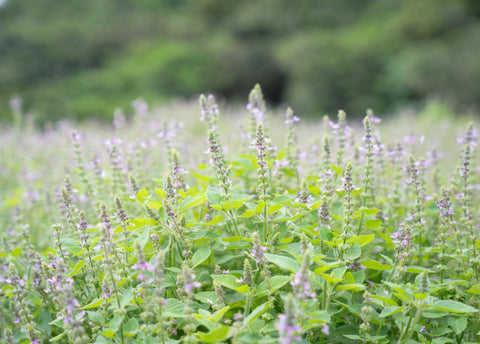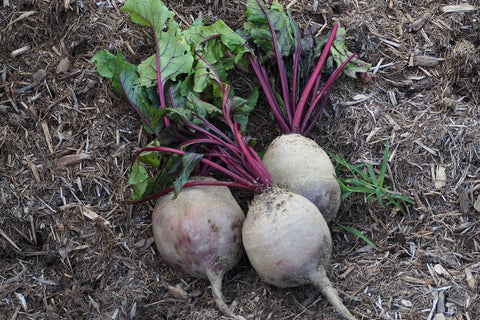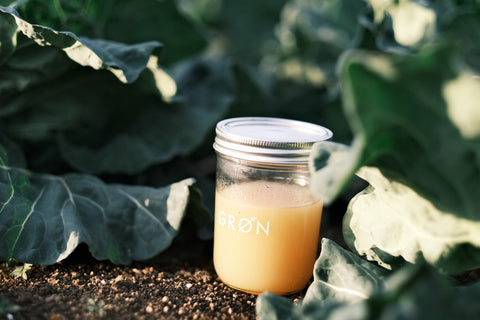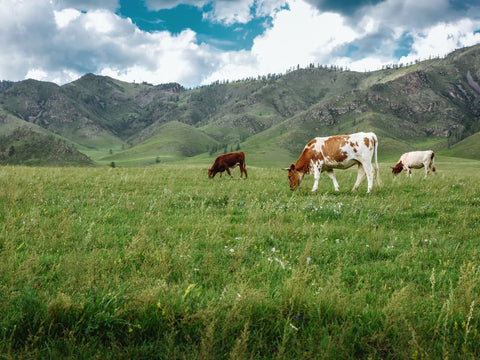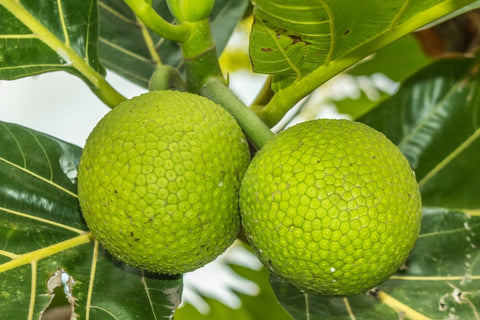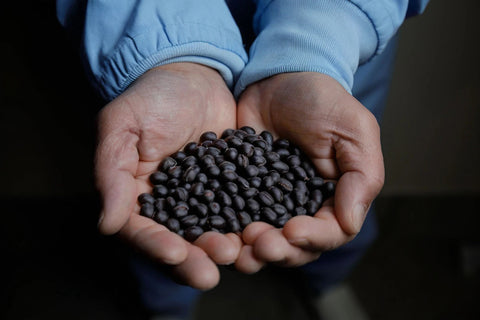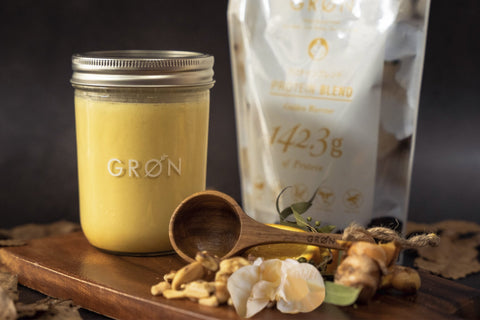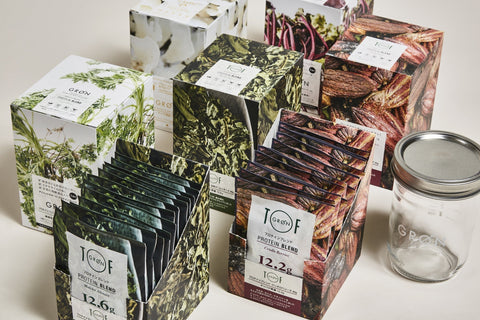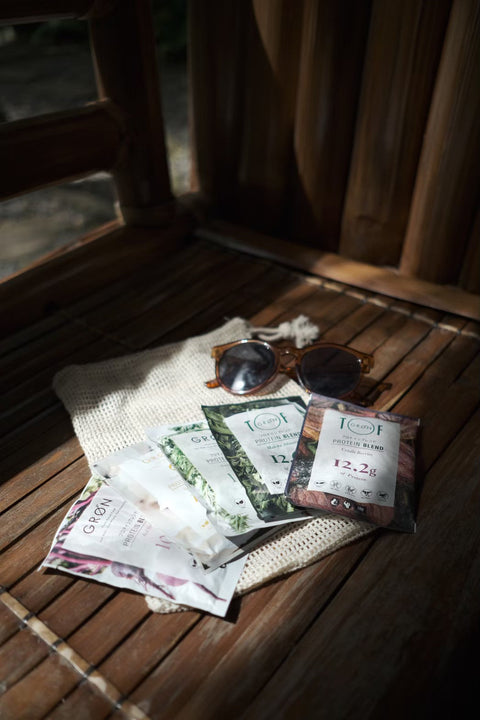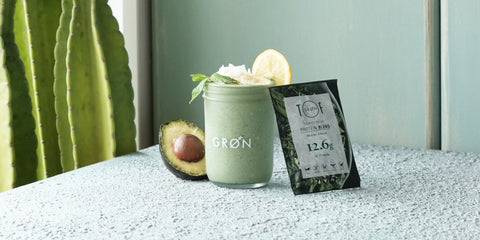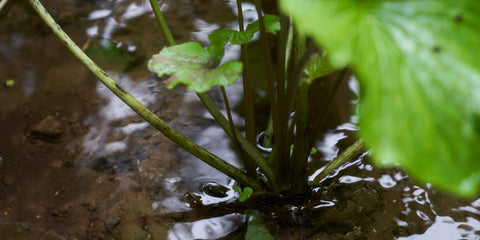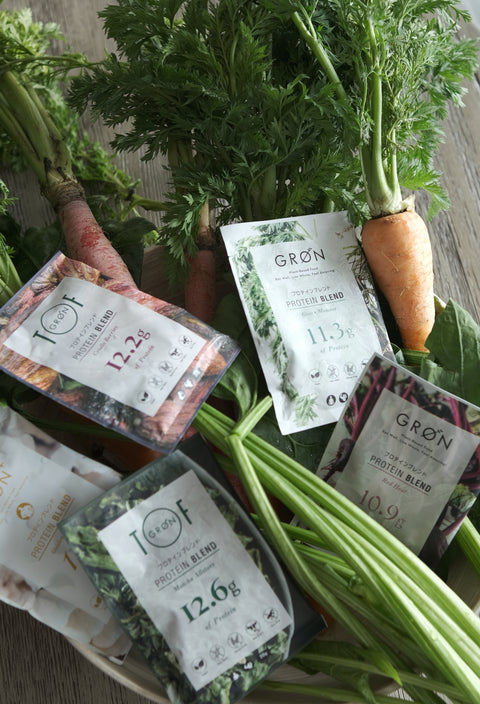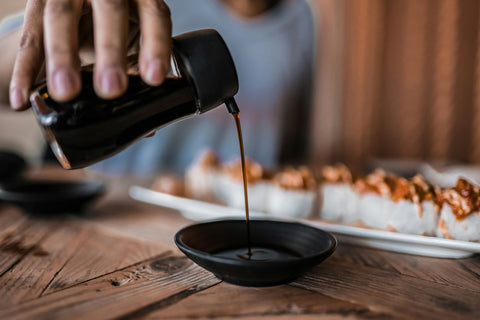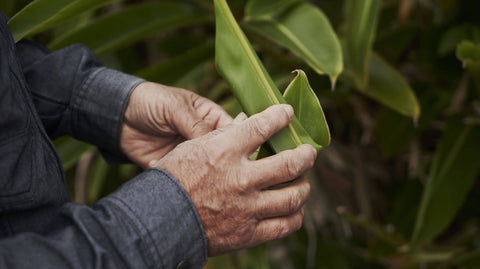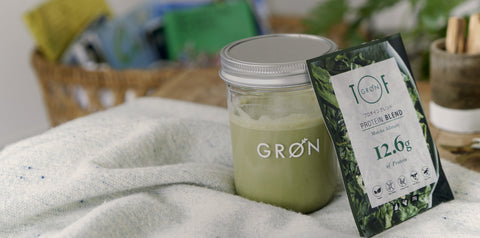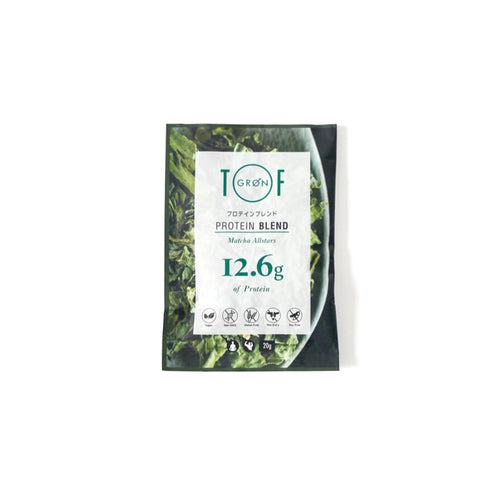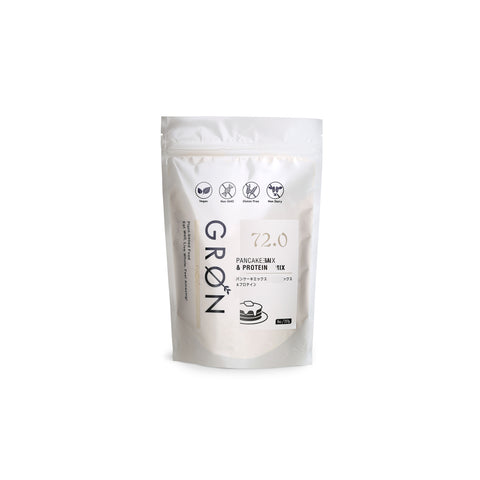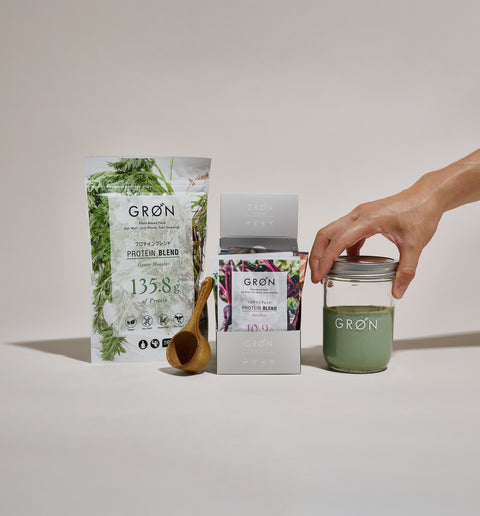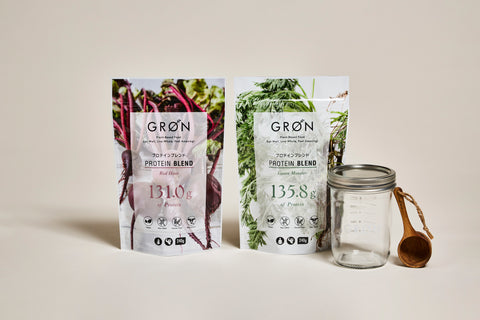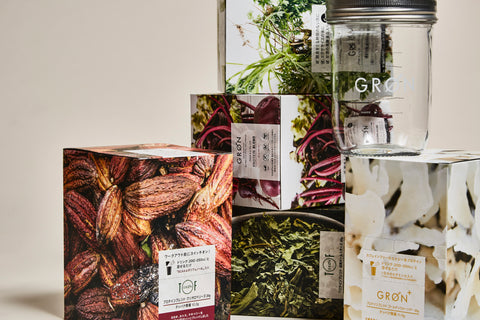About the origins of vegetables and native vegetables ~ Nutritionist's Column Vol.84
When you go to a supermarket or greengrocer, you will see colorful vegetables on display all year round, with many different types and varieties.
Almost all of these vegetables have been developed by humans over many years from wild plants.
Most of the wild plants that are the ancestors of vegetables are unsuitable for cultivation or eating because their fruits are small or poisonous.
However, as cultivation continued, sometimes varieties with changed properties were born, and humans selected and cultivated those that were easiest to use. It is believed that as a result of repeated breeding and improvement in each region, a wide variety of vegetables were created.
This time, I would like to talk about the origins of these vegetables.
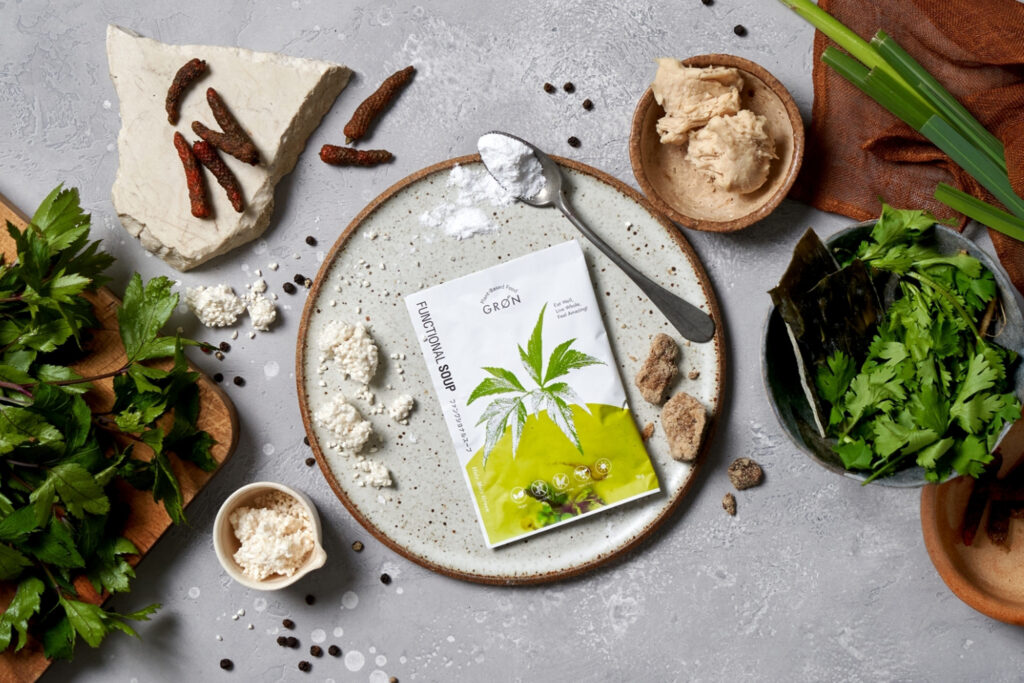
Ancestors of vegetables
If we trace the ancestors of vegetables, we find that despite having the same origin, not only do they look different, but the edible parts such as leaves, stems and roots are also different.
It is believed that these vegetables began to be cultivated by humans and over the years spread all over the world, and as a result of repeated breeding and other improvements in each region, a variety of vegetables were created.
Speaking of the ancestors of such vegetables, for example, the ancestor of broccoli and cabbage, which we commonly eat, is said to be the king of vegetables, kale.
Highly nutritious and said to be good for health as well as beauty, kale is now widely distributed as a superfood that everyone should actively eat, but its origins are said to date back to the Mediterranean coast 4,500 years ago.
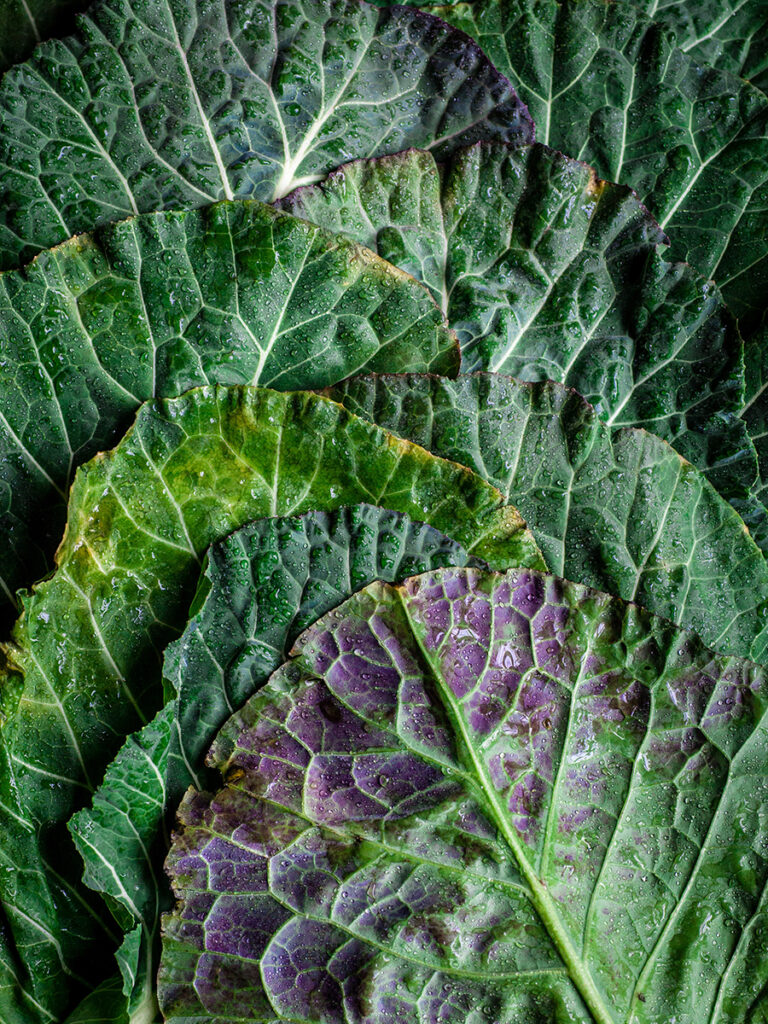
According to one theory, sheep that were raised on a diet of wild kale grew very hardy and quickly became strong, and the nutritional value of kale attracted attention at the time. It is also said that the kale they brought with them to prevent Vitamin C deficiency during long voyages spread its reputation as a source of vitamin C wherever they went.
It is said that kale arrived in Japan around the Edo period.Its Japanese name is "Ryokuoukanran" or "Hagoromokanran".It is considered to be the original species of modern-day cabbage, broccoli, and other vegetables.
Cabbage (native to Europe) was developed from the round head of kale, and broccoli is said to have evolved from kale buds.
Kohlrabi, a juicy, sweet vegetable that tastes like cabbage heart, is also thought to have developed from the stems and leaves of kale.
In this way, the vegetables we eat have changed over a long period of history and are now served on our dinner tables in their current form.

Vegetable seeds are broadly divided into "fixed varieties" and "F1 varieties."
Those who have grown vegetables from seeds may know this, but few people may know that there are different varieties of seeds.
For example, even though they are all called carrots, their nutritional value and characteristics vary depending on the species.
Vegetable seeds are roughly divided into two groups based on the harvesting method: "fixed varieties (native varieties)" and "F1 varieties." Let's briefly look at the differences and characteristics of each group.
*Fixed varieties
A variety that has been established as a species is called a fixed variety.
These varieties are developed by selecting the best vegetables, taking their seeds, and then harvesting the seeds of the best vegetables from those cultivated, over and over again, over the course of many generations.

* Native species
Native species are varieties that have been cultivated and seed-collected in a particular area for many years, adapting to the local climate and environment and being passed down through the generations.
Vegetables that have been grown in this traditional way are called "traditional vegetables" or "regional vegetables."
For example, famous local produce includes "Shogoin turnip" and "Kujo leek" from Kyoto, "Okura radish" and "Yanaka ginger" from Tokyo, and "Sukuna pumpkin" from Gifu.
[Main features of fixed varieties (native varieties)]
・It has a rich, full-bodied flavor. ・The harvest season varies, so it can be harvested over a long period of time. ・The seeds can be harvested and reproduced every year. ・It is adapted to the characteristics of the land, so it is possible to cultivate it without relying on fertilizers and pesticides more than necessary. ・Collecting seeds and cultivating it is time-consuming, so the yield is low.
Local farmers are also working to preserve and pass on the existing species so that they do not become extinct.

*F1 variety
F1 varieties (Filial 1 hybrids, first filial generation) are hybrids that last for only one generation and are also called "first-generation hybrids." Unlike fixed varieties, which are a cross between the same species, F1 varieties are the first generation of hybrids created by crossing parents of different species.
This takes advantage of a genetic phenomenon called hybrid vigor, in which only the dominant genes of both parents are expressed, and the benefits of this phenomenon diminish from the second generation onwards.
The majority of vegetables currently on the market are believed to be F1 varieties.
[Main features of F1 varieties]
・Easy to grow because it grows quickly and is resistant to diseases and pests. ・Uniform growth and size, large yields, suitable for mass consumption. ・Not suitable for collecting seeds.

Japan's native vegetables are characterized by their robust vitality and rich taste and flavor.
Furthermore, vegetables that have been rooted in the local area for a long time are often powerful and highly nutritious.
However, this does not necessarily mean that native varieties are better and F1 varieties are bad.
I think it is important to know the origins and characteristics of each.
If you think about the existence of native vegetables and their origins, you might change the way you choose your vegetables.
GRØN's protein blends and soups also contain many locally sourced ingredients, such as Yamato Angelica from Uda City, Nara Prefecture, and Sour Purple Sweet Potato from Okinawa Prefecture.







